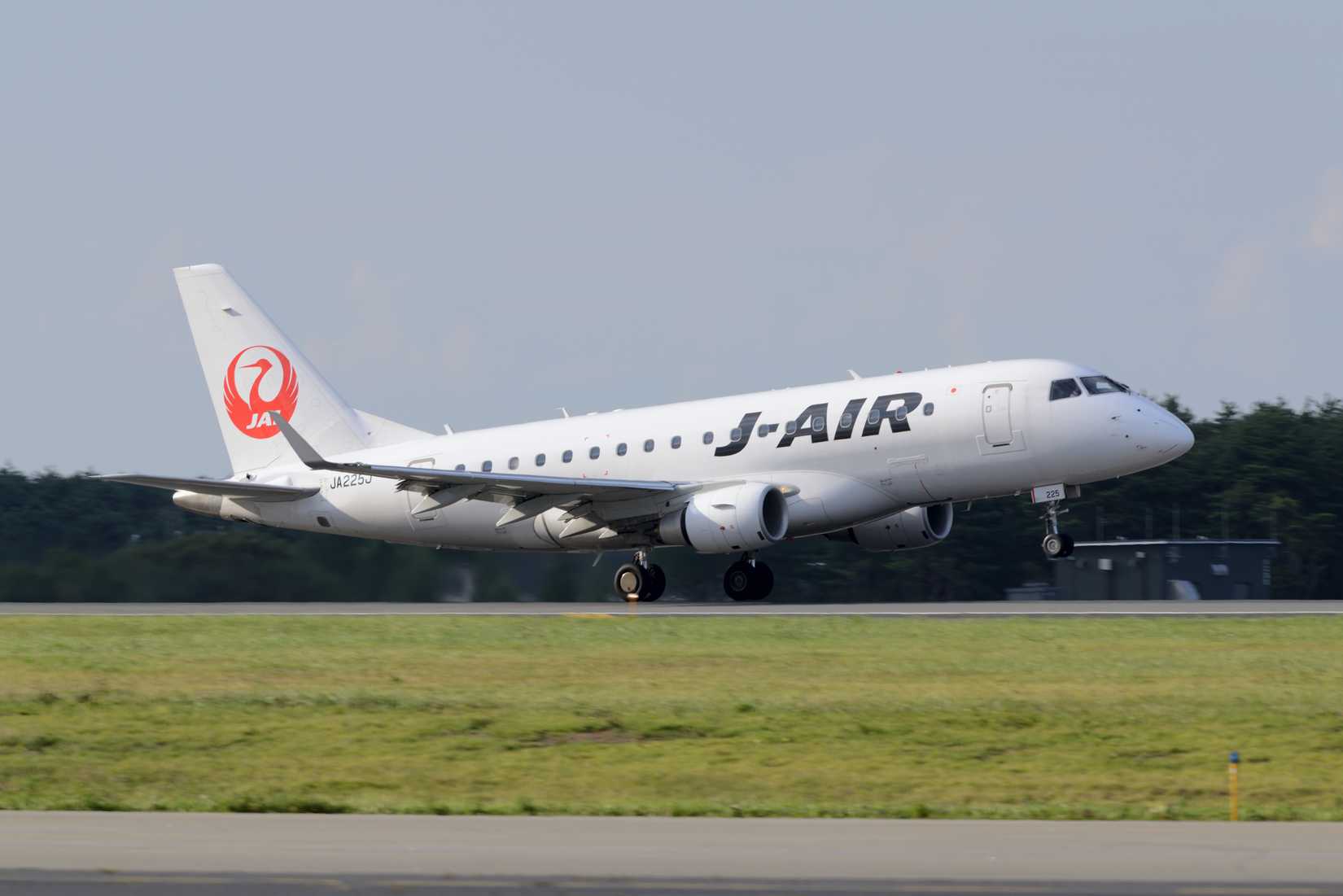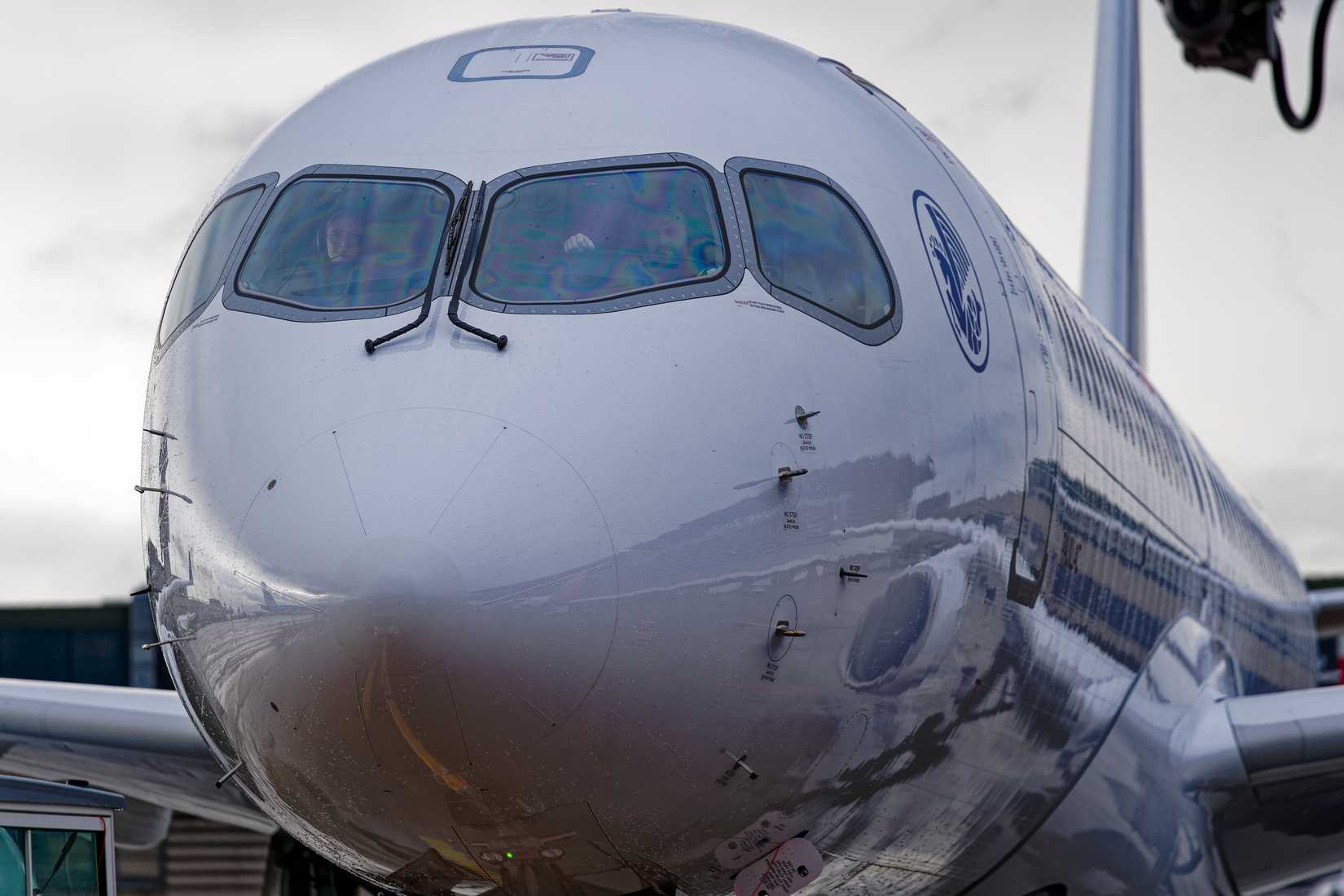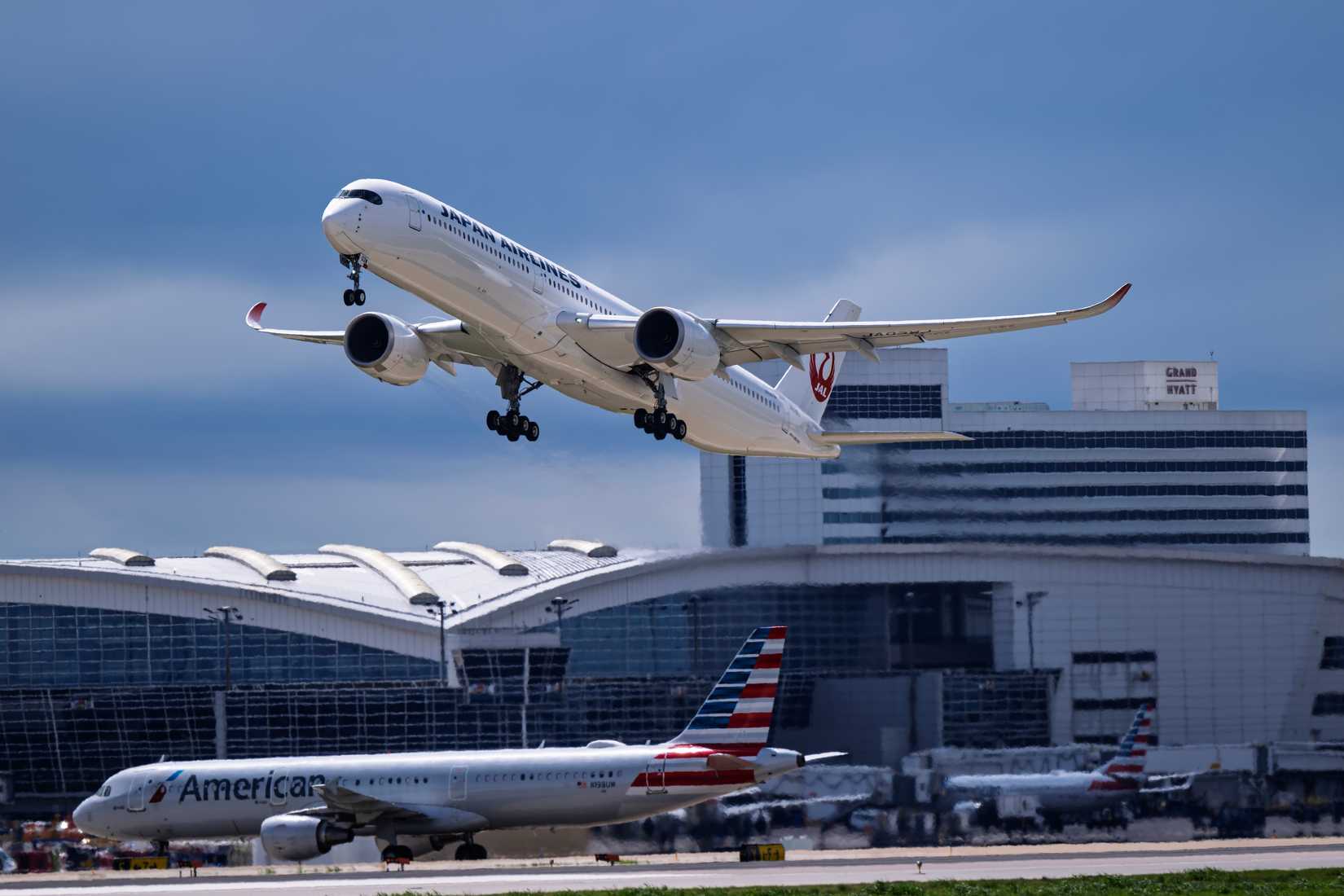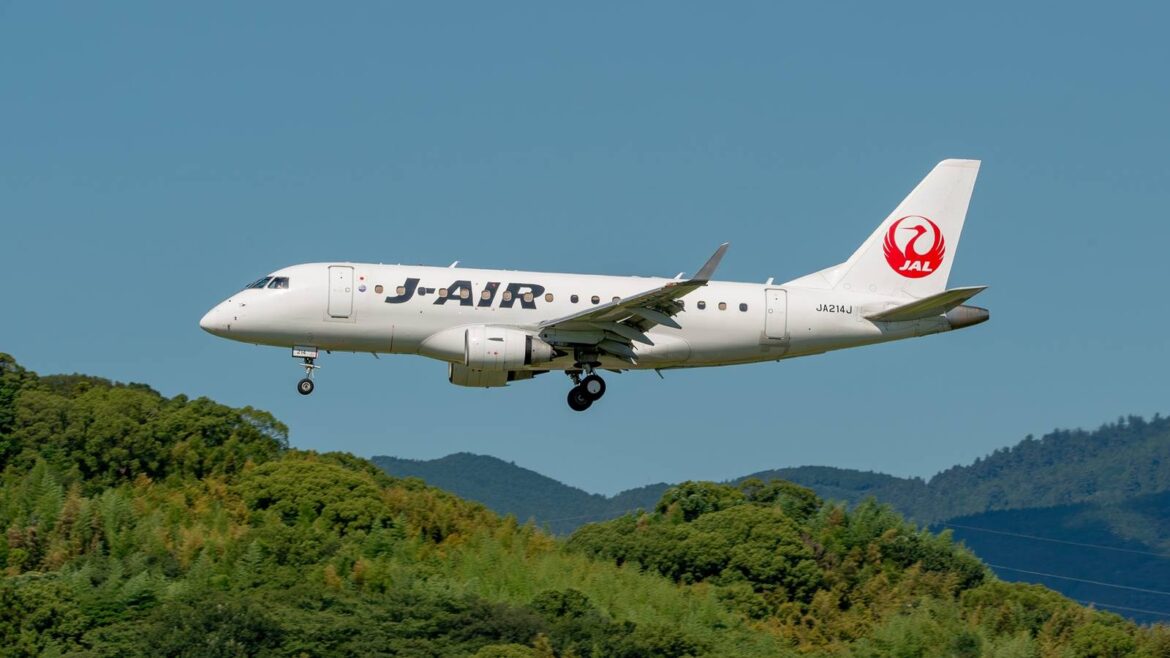Japan Airlines (JAL) is looking to modernize its regional aircraft fleet and is considering adding up to 70 new planes, according to sources cited by The Japan Times. The move comes as the carrier plans to renew its domestic fleet that serves regions outside major metropolitan areas.
According to the report, JAL is looking to add 40 single-aisle jets and 30 turboprops. The exact models have not been disclosed, but the carrier is believed to be choosing between the Airbus A220 and Embraer E2 jets, with both models competing in the 100–150 seat market.
Decision Expected By Fiscal Year-End

Credit: Shutterstock
The Japan Times report revealed that JAL is expected to make a final decision regarding its regional aircraft fleet composition and place orders for new jets and turboprops by the end of the fiscal year. Fiscal years in Japan generally start on April 1 and finish on March 31 of the next year.
The push to modernize JAL’s regional network stems from the airline’s goal of reducing the variety of aircraft types it operates, improving efficiency, and lowering costs. The carrier has also been evaluating a broader shift toward smaller jets as Japan’s aging and declining population continues to influence travel patterns and long-term demand, according to the report.
Currently, the Japanese airline runs a diverse regional fleet consisting of multiple aircraft types, but it ideally aims to consolidate to a single type in the future, according to earlier reports. As reported by ch-aviation, JAL’s current fleet includes 18 Embraer E170s, 14 Embraer E190s, 13 ATR 42-600s, 2 ATR 72-600s, and five De Havilland Canada DHC-8 Q400s.
Airbus A220-300 Vs Embraer E195-E2

Credit: Shutterstock
The new regional order may include aircraft such as the Airbus A220-300 or Embraer E2, along with around 30 turboprops, as per the report. Both Airbus A220 and Embraer E195-E2 jets offer similar advantages, powered by Pratt & Whitney geared turbofan engines that cut fuel burn per seat by up to 25% compared with older-generation aircraft, enabling airlines to operate previously uneconomical point-to-point routes. The A220-300, the larger variant, has a range of around 6,390 kilometers (3,450 nautical miles) and features a spacious cabin with five-abreast seating in a 2-3 configuration.
The Embraer E195-E2, with its advanced aerodynamics, fly-by-wire technology, and PW1900G engines, also delivers up to 25% lower fuel burn per seat. Seating up to 146 passengers in a 2-2 layout, it bridges the gap between regional aircraft and larger single-aisle jets like the 737 MAX 8. Its range of up to 4,815 kilometers (2,600 nautical miles) and enhanced cabin features, larger windows, improved overhead bins, and quieter engines, add comfort and operational flexibility.
For turboprops,  ATR is a likely choice, as JAL already operates ATR aircraft. The ATR 72 series is highly popular among regional airlines, particularly in Asia and Europe, thanks to its capacity of up to 78 seats and robust support network.
ATR is a likely choice, as JAL already operates ATR aircraft. The ATR 72 series is highly popular among regional airlines, particularly in Asia and Europe, thanks to its capacity of up to 78 seats and robust support network.
Broader Fleet Renewal

Credit: Shutterstock
The decision to replace its regional fleet aligns with the airline’s broader fleet renewal program. Indeed, Japan Airlines has clarified the extensive fleet transformation that it will be undertaking through to 2030.
According to ch-aviation, Japan Airlines currently has a total of 84 aircraft on order, including the Airbus A321neo, Airbus A350-900, Airbus A350-1000, Boeing 737 MAX 8, and Boeing 787-9 Dreamliner. In March 2025, Japan Airlines announced an order for 17 additional Boeing 737 MAX 8 aircraft, supplementing its 2023 order of 21 planes of the same type. The Japanese flag carrier plans to replace its single-aisle Boeing 737-800s with the 737 MAX 8.
In July 2024, the Japanese carrier ordered 11 Airbus A321neos as part of its plan to replace aging Boeing 767s. The airline currently operates 27 767s on domestic routes. Its long-term strategy is to reduce the use of widebody aircraft on domestic services. On the international front, Japan Airlines says that it will be expanding its long-haul route network by as much as 50% by 2030, while “focusing on North America and Asia”. To accommodate this, the carrier signed an order for an additional 20 Airbus A350-900s at the Farnborough Airshow last year. It has been using the type to replace its Boeing 777 fleet, but these additional aircraft will cater to the new international growth as well.


AloJapan.com